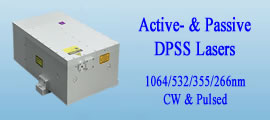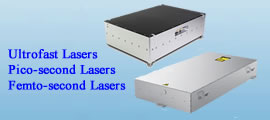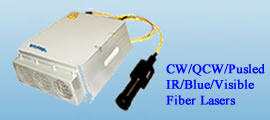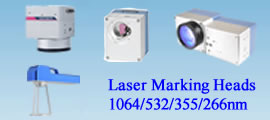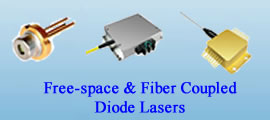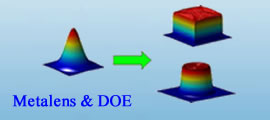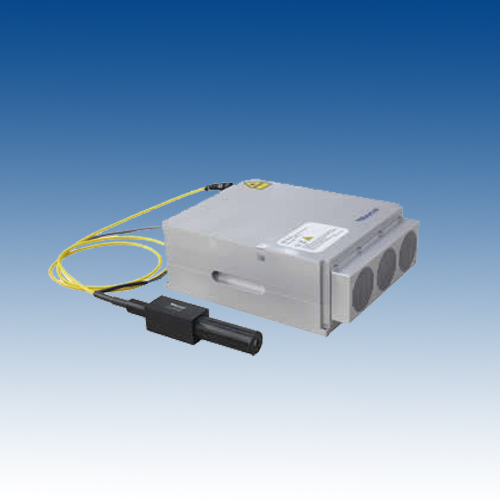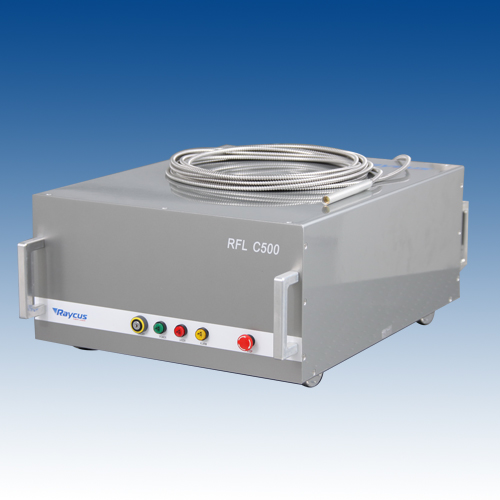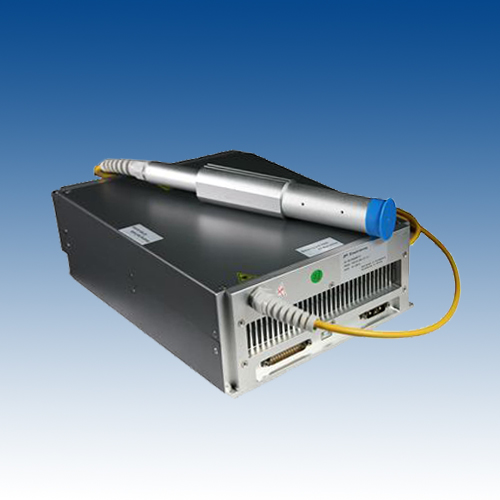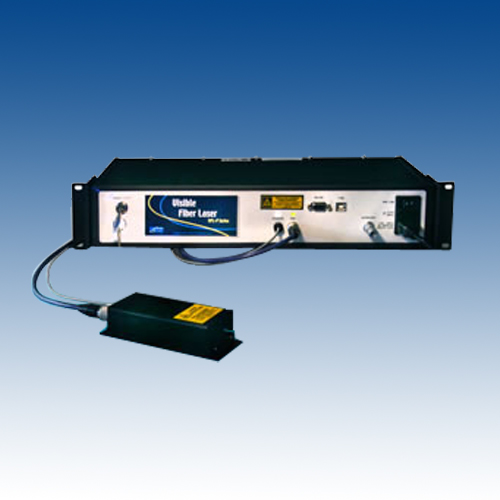- Lasers
- Laser Parts
- Laser Machines
- Instrument & Measurement
- Optics & Crystals
- Fiber, Fiber Optics & Probes
- Acousto- & Electro-optic Devices
- Laser Accessories
LATEST NEWS
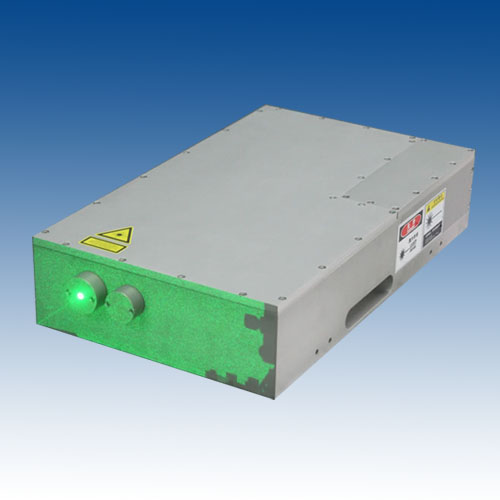


532nm DPSS Lasers
- Diode pumped air cooling technology
- Good beam quality
- The laser is sealed
- High performance price ratio.
PRODUCT DESCRIPTION
Diode end-pumped lasers adopt full sealed-off design with small volume and low power consumption as well as fiber-coupled pumping, which is easily for the integration of system and equipment. The modularized design provides the convenience for changing by customers. The laser beam is TEMoo with high beam quality, high peak power and short pulse width. Excellent resonator design can keep average laser power and pulsed peak power stable & constant. This laser can meet the requirements of most industrial precision processing. What's more, it's absolute air cooling, the micro-optics design of key pumping source is the most advanced all over the world.
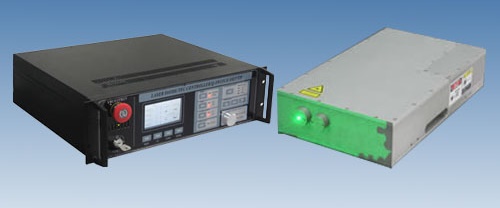
Features
| 1 | 1 |
|
Applications
End-pumped diode laser is suitable for marking on various materials, such as nylon, ABS, PVC, PES, steel, titanium, copper, plating materials, coating materials, sprayed materials, plastic, rubber, epoxy resin etc.
Diode end-pumped laser has excellent applications in various fields, such as mobile phone, jewellery, crafts, scribing, film engraving, laser marking & engraving, resistance trimming, range finding, scientific research etc.
Laser Beam Energy Distribution
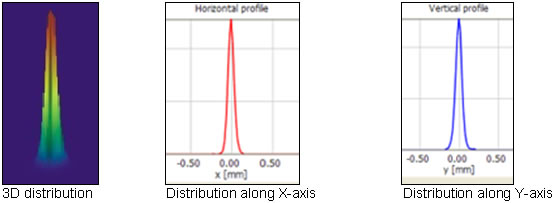
The beam energy distributions along X axis and Y axis are symmetric.
Specifications
|
Product model |
DPSS-532-5 |
DPSS-532-15 |
|
Laser wavelength |
532nm |
532nm |
|
Output average power |
0.83W@2kHz 2.11W@5kHz 3.8W@10kHz 4.84W@20kHz |
16W@30kHz 15W@50kHz 12W@70kHz |
|
Beam diameter |
0.8mm |
0.8mm |
|
Beam divergence |
≤1mrad |
≤1mrad |
|
Pulse width |
6~30ns |
6~30ns |
|
Pulse energy |
415uJ@2kHz 422uJ@5kHz 380uJ@10kHz 242uJ@20kHz |
540uJ@30kHz 300uJ@50kHz 200uJ@70kHz |
|
Peak power |
47kW@2kHz 46kW@5kHz 37.2kW@10kHz 19.8kW@20kHz |
50kW@30kHz 16kW@50kHz 7.2kW@70kHz |
|
Beam mode |
TEM00 |
TEM00 |
|
Beam quality M2 |
M2≤1.2 |
M2≤1.2 |
|
Pulse modulation |
1kHz~30kHz |
1kHz~100kHz |
|
Power stability |
≤2% |
≤2% |
|
PointingRMS |
≤10μrad |
≤10μrad |
|
Cooling |
air |
water |
|
Warm-up time |
3~5min |
3~5min |
|
Electrical input |
220VAC/50Hz |
220VAC/50Hz |
|
Operation environment |
15℃~30℃(non dewing) |
15℃~30℃(non dewing) |
|
Dimension(L×W×H) |
Driver 415×425×127mm Laser head 270×130×109mm |
Driver 415×425×127mm Laser head 436×250×88mm |
|
Weight |
Driver 24kg Laser head 7kg |
Driver 15kg Laser head 10kg |
IL Series Diode End-pumped Lasers (532nm)
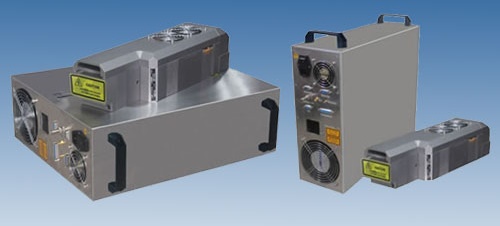
|
MODEL |
DPSS-532-7-IL |
DPSS-532-10-IL |
DPSS-532-15-IL |
DPSS-532-20-IL |
|
Average power @30kHz |
7W |
10W |
15W |
20W |
|
Beam Mode |
TEM00-M2<1.2 |
TEM00-M2<1.3 |
TEM00-M2<1.5 |
TEM00-M2<1.8 |
|
Peak power@ 30kHz |
11.7 kW |
16.7 kW |
25 kW |
33.3 kW |
|
Pulse Energy@ 30kHz |
0.23mJ |
0. 33mJ |
0.5mJ |
0.67mJ |
|
Wavelength |
532nm |
|||
|
Pulse width |
20ns@30Khz |
|||
|
Beam Diameter |
1.0mm |
|||
|
Beam Divergence |
<2.5mrad |
|||
|
Polarization Ratio |
100:1 Vertical |
|||
|
Average Power Stability |
<2% |
|||
|
Beam-Pointing stability |
<25μrad |
|||
|
Pulse Repetition Rate Range |
5K - 200KHz / CW |
|||
|
Cooling |
Air-cooling |
|||
|
Ambient Temperature |
15~300C |
|||
STRFH532nm series
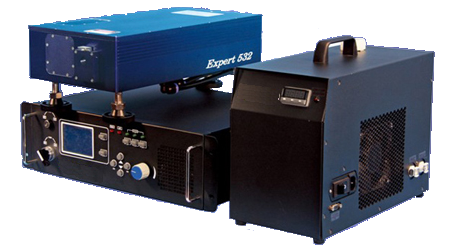
|
532 Series |
Parameter |
Unit |
Description |
|
Laser wavelength |
532 |
nm |
|
|
Average Output Power1 |
1.0, 3.0, 5.0 |
W |
@30kHz |
|
Pulse Width1 |
<40 |
ns |
@30kHz |
|
Pulse Repetition Rate |
10-200 |
kHz |
|
|
Spatial Mode |
TEM00 |
|
|
|
M2 |
<1.3 |
|
|
|
Beam Diameter |
2.0+/-0.2 |
mm |
@1m measured from window |
|
Beam Full Divergence Angle |
<0.5 |
mrad |
|
|
Beam Circularity |
>0.8 |
|
|
|
Pulse-to-Pulse Stability |
<3 |
% |
RMS |
|
Average Power Stability |
<5 |
% |
RMS/8hr |
|
Beam-Pointing Drift2 |
<25 |
μrad/℃ |
|
|
Polarization Ratio |
>100:1 |
|
|
|
Polarization Orientation |
Horizontal |
|
|
|
Operating Temp. & RH |
10 to 35
<90
|
0C
%
|
|
|
Storage Temp. & RH |
-20 to 65
<90
|
0C
%
|
|
|
Electricity Requirement |
100-240
50/60
<500
|
VAC
Hz
W
|
Single phase |
|
Warranty |
10,000
or 18
|
Hr
months
|
Whichever comes
first.
|



